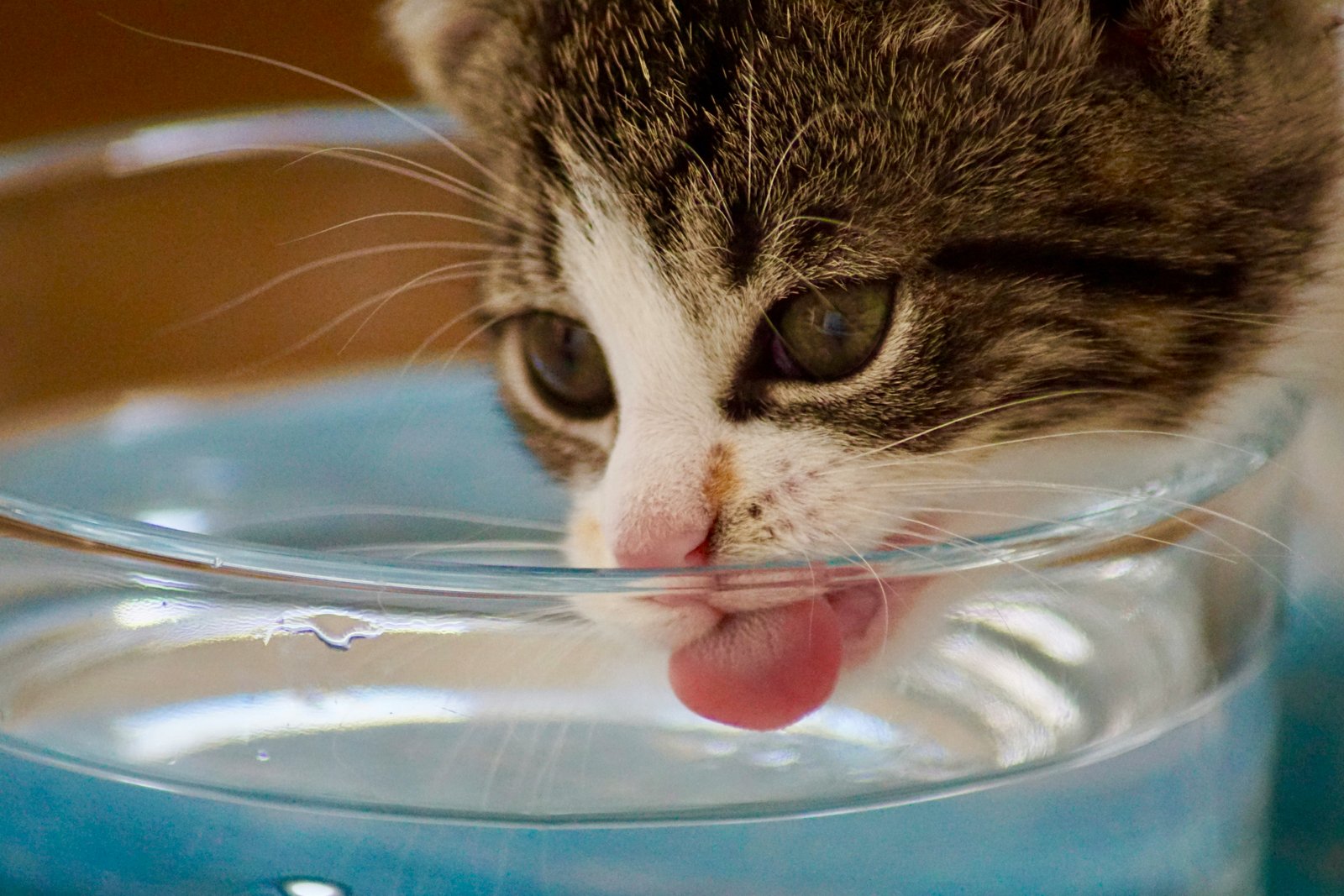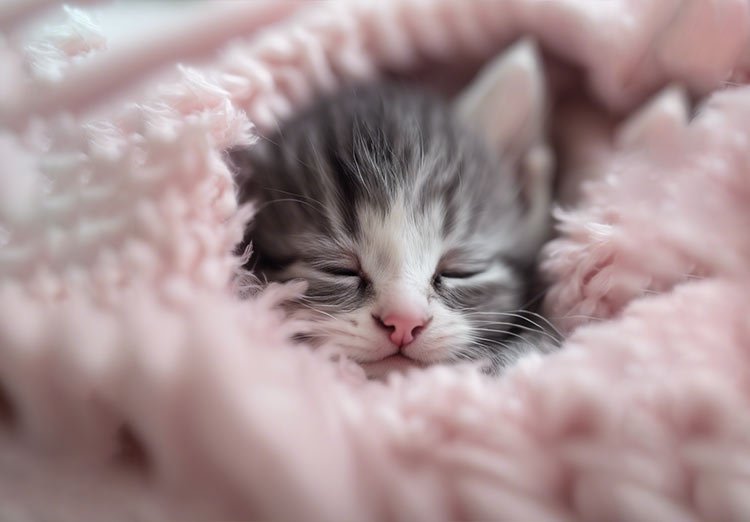Trauma in Cats : Cats are often known for their independent and stoic nature, but just like humans, they can experience emotional distress and trauma. Unfortunately, as pet owners, it can be challenging to identify the signs of distress in our feline companions.
Understanding feline emotional distress is crucial for providing the support and care that our cats need.
In this blog post, we will delve into the world of feline emotions, exploring how trauma can affect our furry friends and how to recognize the signs of emotional distress.
By learning to identify these signs and providing the appropriate support, we can ensure the well-being and happiness of our beloved feline companions.
1. What is feline emotional distress?
Feline emotional distress refers to the state of psychological or emotional discomfort experienced by cats. Just like humans, cats can also go through challenging times that can affect their mental well-being.
Emotional distress in cats can be triggered by various factors, including changes in their environment, loss of a companion, trauma, or even medical issues.
Identifying signs of emotional distress in cats can be quite challenging as they tend to mask their feelings. However, by paying close attention to their behavior and body language, we can begin to understand their emotional state.
Some common signs of feline emotional distress include excessive hiding, aggression, increased vocalization, changes in appetite, decreased grooming, litter box issues, and withdrawal from social interactions.
Tips and Tricks to Make Your Cat Love Wearing Accessories
It is important to remember that each cat is unique, and their response to emotional distress may vary. Some cats may become overly clingy or seek constant attention, while others may become completely withdrawn. It is crucial to recognize these signs and provide the necessary support to help them cope with their distress.
When it comes to supporting cats experiencing emotional distress, creating a safe and comfortable environment is key. This can involve providing a quiet and secluded space where they can retreat and relax.
Additionally, maintaining a consistent routine and familiar surroundings can help alleviate anxiety.
Engaging cats in interactive play sessions and providing mental stimulation through toys and puzzles can also help redirect their focus and reduce stress.
Furthermore, offering positive reinforcement, such as treats or praise, for desired behaviors can boost their confidence and overall well-being.
It is imperative to consult with a veterinarian or a professional animal behaviorist if you suspect that your cat is experiencing emotional distress. They can provide expert guidance on how to address the underlying causes and develop a tailored plan to support your cat’s emotional health.
Remember, understanding and addressing feline emotional distress requires patience, love, and a commitment to providing a nurturing environment for our beloved feline companions.
2. Common signs of trauma in cats
Cats are known for their independence and mysterious nature, but just like humans, they can also experience emotional distress and trauma. It is important for cat owners to be aware of the signs of trauma in their feline companions so that they can provide the necessary support and care.
One common sign of trauma in cats is a change in behavior. If your usually outgoing and friendly cat becomes withdrawn or aggressive, it may be a sign that something is wrong. Cats may also exhibit excessive grooming or self-destructive behaviors such as excessive scratching or biting.
Another telltale sign of feline emotional distress is a change in appetite or weight loss.
Traumatized cats may lose interest in food or water, leading to a decline in their overall health.
Physical symptoms can also indicate emotional distress in cats. Hair loss, particularly in patches, can be a result of excessive grooming due to anxiety or stress. Cats may also develop gastrointestinal issues such as diarrhea or vomiting.
Additionally, they may exhibit excessive hiding or avoidance behaviors, seeking solitude in an attempt to cope with their emotions.
It is important to note that each cat may respond differently to trauma, and the signs may vary. However, by being observant and attentive to changes in their behavior and physical well-being, cat owners can play a crucial role in identifying and addressing emotional distress.
If you notice any concerning signs, it is recommended to consult with a veterinarian or a professional animal behaviorist who can provide guidance and support tailored to your cat’s specific needs.
3. Understanding the causes of feline emotional distress
Understanding the causes of feline emotional distress is crucial in providing the right support and care for our beloved cats. Cats are sensitive creatures, and various factors can contribute to their emotional distress.
One common cause can be a change in their environment or routine.
Cats are creatures of habit, and sudden changes, such as moving to a new home, introducing a new pet, or rearranging furniture, can trigger stress and anxiety. Another significant cause can be traumatic experiences, such as abuse, neglect, or a scary encounter with another animal.
These experiences can leave a lasting impact on a cat’s emotional well-being. Additionally, conflicts with other cats in the household or territorial disputes can also lead to emotional distress.
It’s important to remember that every cat is unique, and what may distress one cat may not affect another in the same way.
Understanding these potential causes of feline emotional distress can help us identify the signs and provide the necessary support to help our furry friends recover and thrive.
4. How to provide support and care for a traumatized cat
Providing support and care for a traumatized cat is crucial in helping them overcome emotional distress and regain their well-being. Here are some essential steps to take when caring for a traumatized cat:
1. Create a Safe and Comfortable Environment: Designate a quiet space in your home where your cat can feel safe and secure. Provide them with a cozy bed, hiding spots, and plenty of toys to help alleviate stress and anxiety.
2. Establish a Routine: Cats thrive on routine, so establishing a consistent feeding schedule, playtime, and quiet time can help provide a sense of stability and security.
3. Be Patient and Understanding: Traumatized cats may exhibit fearful or aggressive behavior. It’s crucial to be patient and understanding, allowing them to adjust at their own pace. Avoid forcing interactions or overwhelming them with attention. Instead, provide gentle encouragement and positive reinforcement for desirable behavior.
4. Use Calming Techniques: Utilize calming techniques such as pheromone diffusers, soothing music, or herbal remedies specifically designed for cats. These can help create a calming environment and reduce anxiety.
5. Provide Enrichment Activities: Engaging your cat in interactive play and mental stimulation activities can help redirect their focus and reduce stress. Puzzle toys, treat-dispensing toys, and interactive play sessions can all contribute to their emotional well-being.
6. Consult a Veterinarian: If your cat’s trauma symptoms persist or worsen, it is essential to consult a veterinarian. They can assess your cat’s emotional state, provide appropriate medical interventions, and recommend professional behaviorists or therapists if necessary.
Remember, every cat is unique, and their recovery will vary. Providing consistent love, care, and understanding will go a long way in helping a traumatized cat heal and regain their trust in humans.




